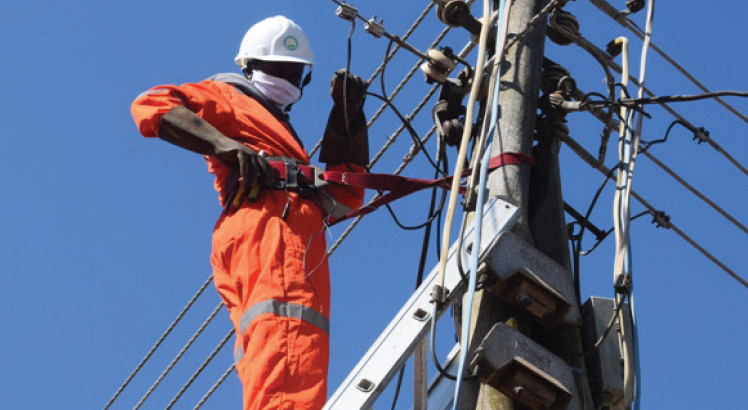No electricity for 17.7m Malawians
Malawi Government is in a race against time to increase electricity generation to about 1 000 megawatts (MW) by 2025 at a time World Bank data shows 17.7 million people lack access.
The government is also facing an ambitious target to ensure that 50 percent of the country’s population has access to electricity from the national grid. Currently, about 14 percent have access.
In its 2023 Tracking SDG 7: The Energy Progress Report, the World Bank said 17.7 million people do not have access to electricity, pitting Malawi among 20 nations in the world likely to miss Sustainable Development Goal (SDG) number seven on universal access to electricity.
Malawi has moved from five percent access to electricity in 2000 to seven percent in 2005, then nine percent in 2020 to 11 percent in 2015 and 14 percent in 2021. Urban access rate stands at 56 percent, but the rural one is down to six percent.
To turn around the situation, energy experts, say they require serious investments in generation capacity from the State, rather than relying on private investors.

Reads the report: “SDG 7.1.1 is achievable in theory with strong electrification plans. Between 2015 and 2019, seven countries in Sub-Saharan Africa reached or surpassed the required progress levels.
“However, in 22 other countries, representing more than half the population without access in the region [including Malawi, Mozambique, and Niger], there has been an increase in the number of people without access in the same period.”
In an interview yesterday, former Electricity Supply Corporation of Malawi (Escom) chief executive officer Kandi Padambo said Malawi can achieve the target with more investment in hydro-electricity.
He observed that most of the independent power producers (IPPs) concentrate on solar and wind energy because it is easier to produce.
Padambo said the downside of the solar and wind energy sources is that quantity of supply is not consistent due to dependency on meteorological factors.
He said: “Look at Nkula, Tedzani, Wovwe and Kapichira hydro power stations. All were developed by government.
“If we depend too much on IPPs, much as it may be plausible, our investments in these issues will be dictated by whims of businesspersons.”
Padambo said the State must take the lead to ensure that the country is progressing according to it’s development plan, MW2063.
He said: “Without electricity, there will be no industralisation and continued forex challenges due to non-production of export goods.”
Through the Public Private Partnership Commission (PPPC), government is working on the Mpatamanga Hydropower Project expected to produce 354MW. Investors have since been identified.
PPPC chief executive officer Patrick Kabambe is on record as having said two of the largest hydro power generation companies in the world, EDF of France and Scatec of Norway, have been identified to work on the project.
He said the EDF/Scatec consortium will hold 55 percent shares while Electricity Generation Company (Egenco) will have 30 percent and International Finance Corporation (IFC), the private sector financing arm of the World Bank, will have a 15 percent stake.
Kabambe said: “The design of the infrastructure has been concluded and agreed by all parties, thus achieving what is termed as design freeze.
“This enables the start of preparation of tender documents for the procurement of contractors to undertake construction of the facility.”
He said a Malawi Government team and investors are in advanced stages of negotiations for the power purchase agreement (PPA) and the implementation agreement.
Said Kabambe: “The PPA is to be signed by the Project Company and Escom who now hold the single buyer license. It is envisaged that the PPA and IA could be signed by end of July this year.
“The actual cost of the project will be fully clear after the tender process for the construction works. Currently the estimated cost is $1.2 billion, which makes it the biggest single project in the history of this country.”
During the Malawi Investment Summit in Lilongwe two weeks ago, Minister of Energy Ibrahim Matola said the ministry has facilitated completion of 21MW solar PV grid connected by Serengete in Nkhotakota and expects Mozambique-Malawi interconnector for 120 MW by December 2023.
He said: “My ministry is therefore continuing to implement energy generation projects in the short term towards increasing generation capacity to 1 000 MW from the current 564 MW by 2025.”
The Malawi 2063 under Malawi Implementation Plan (MIP-1) aims to increase access to electricity to 50 percent by 2030 while matching the proportion of energy generation to that of energy demand.
Currently, Egenco has a total installed generation capacity of 441.95MW, with 390.55MW from hydro power plants and 51.4MW from standby diesel power plants.





